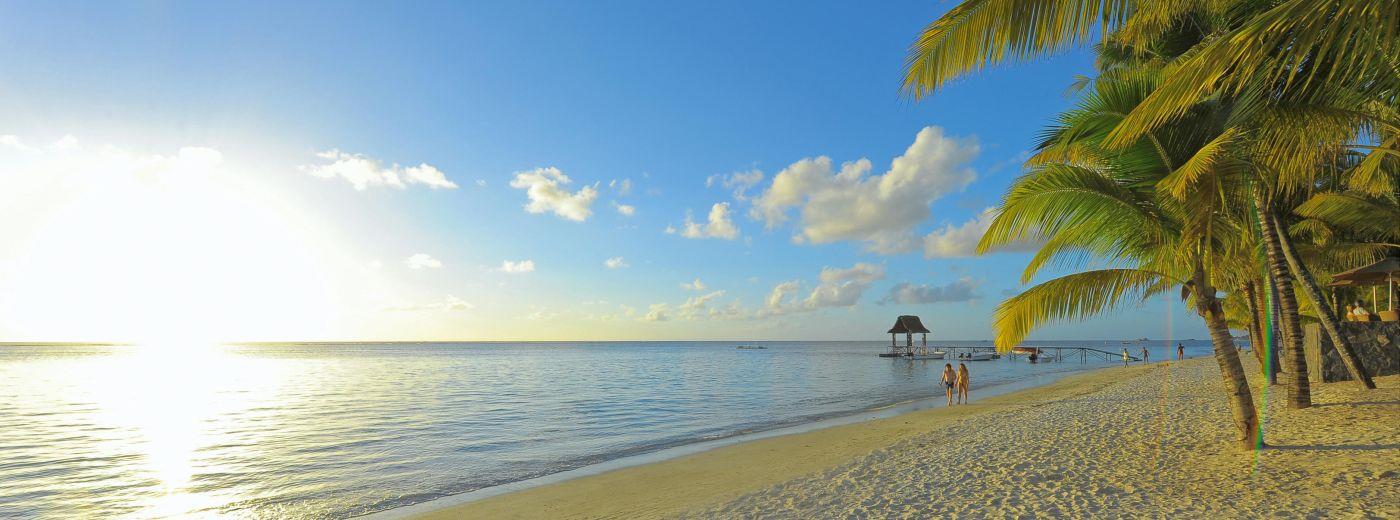Weather and Climate
Mauritius has a generally warm and humid subtropical climate, and most of the year is a great time to visit this beautiful and charming island. The hottest time of the year is from October to April, and this is also when the humidity is at its highest. During the drier winter months from May to September the cooler evening temperatures and stiff winds can make it feel very chilly in the evening, although with daytime highs of 24°C - 26°C the beaches and warm seas still make this a great beach destination.
Mauritius Climate summary by month
January and February are the hottest months of the year across Mauritius, and these are also the months where you are most likely to see prolonged rainy periods, especially in the evenings and overnight. The days usually start sunny and warm and any rain and thunderstorms tend to build-up in the afternoon and evening, when they can provide a welcome reduction in humidity. These are also the months when cyclones can threaten the Island, although it should be noted that these do not occur every year.
March and April are the end of the Mauritian summer, and whilst it remains hot and humid, there is usually less rain than in January and February, particularly towards the end of April.
May marks the start of winter in Mauritius, and this brings a drop in both average daily temperature and average rainfall. Of course all of this is relative, and average temperatures at the start of winter in May remain around 25°C - 28°C and the ocean is still warm after the long hot summer months.
June, July and August typically have warm days (24°C - 26°C) and little rain, especially on the west of the Island, but it can feel chilly in the evening as strong winds will make it feel cooler than the 17°C average low, and you will probably appreciate having a jumper or coat. The north and west coasts of the Island are usually considered the best place to stay at this time of year as they are better protected from the strong trade winds that build up over these months and affect the east and south.
By September the weather is starting to get warmer again with little rainfall, and October is widely considered to be the best month to visit the Island. October tends to be the driest month, with comfortable average highs of 25°C - 28°C on the coastal areas. October is very popular with European visitors, especially around the school half-term holidays which tend to be in the second half of the month.
The average temperature continues to rise in November and December, and December also sees a marked increase in rain as the summer gets underway. December is always popular with European visitors wanting to enjoy a warm and tropical Christmas, so you will need to plan well in advance to get the best choice of hotels and rooms at this time of year.
Mauritius Climate summary by Region
Mauritius (Port Louis) Average Max and Min Temperature
Mauritius (Port Louis) Average Rainfall (mm)
Mauritius (West) Max and Min Temperature
Mauritius (West) Average Rainfall (mm)
Mauritius (North) Average Max and Min Temperature
Mauritius (North) Average Rainfall (mm)
Mauritius (East) Average Max and Min Temperature
Mauritius (East) Average Rainfall (mm)
Mauritius (South) Average Max and Min Temperature
Mauritius (South) Average Rainfall (mm)
Mauritius (Central) Average Max and Min Temperature
Mauritius (Central) Average Rainfall (mm)

